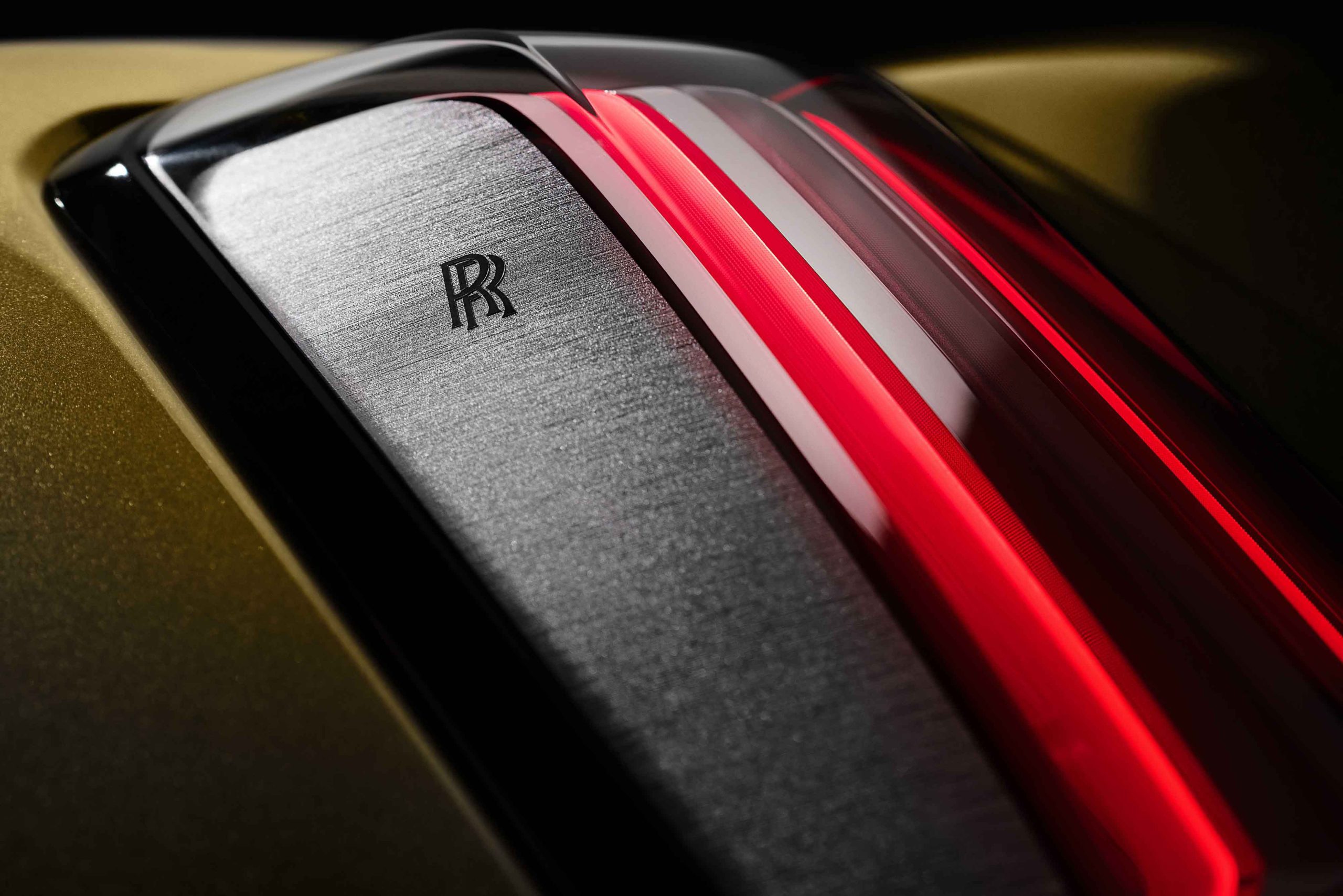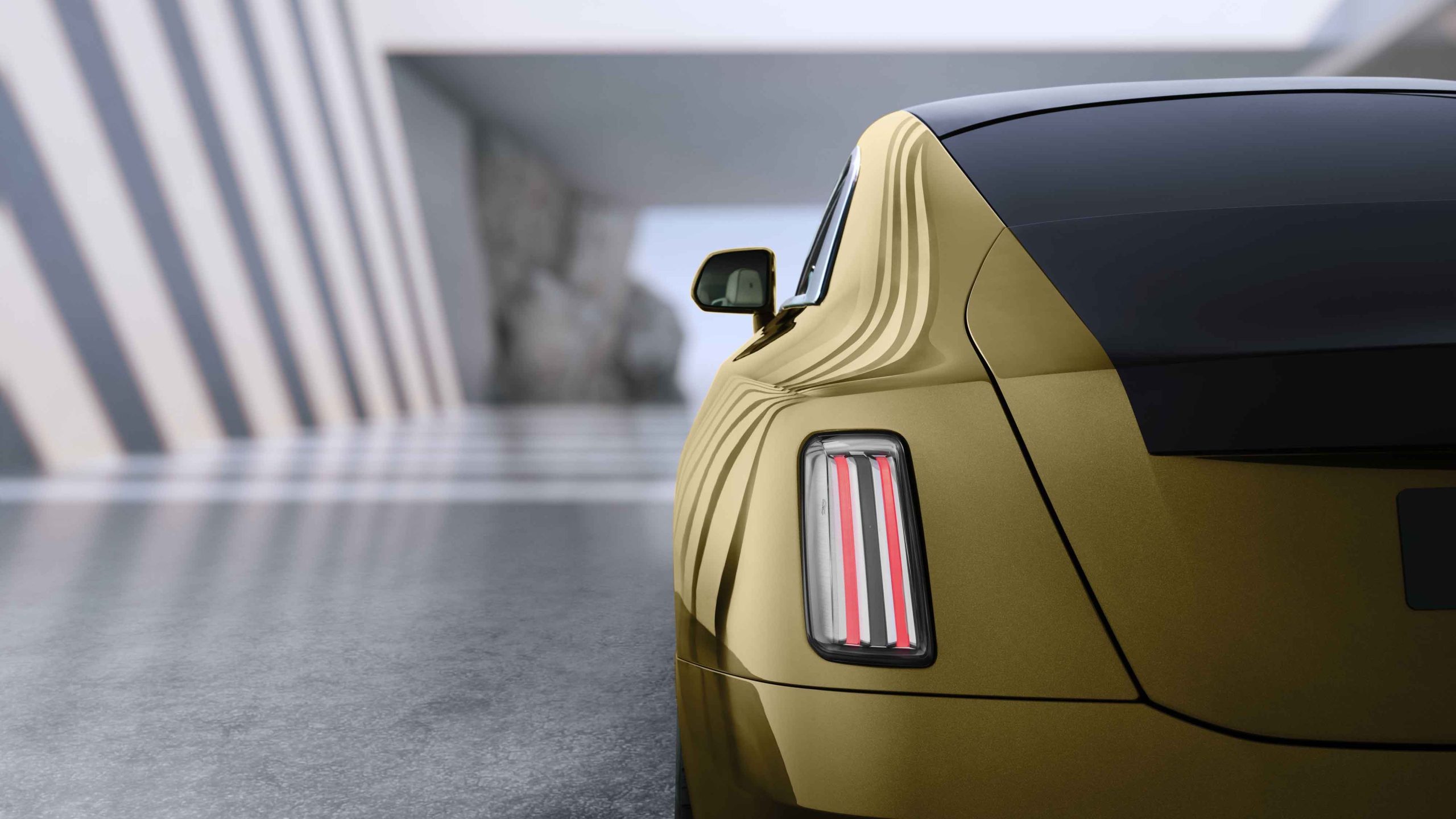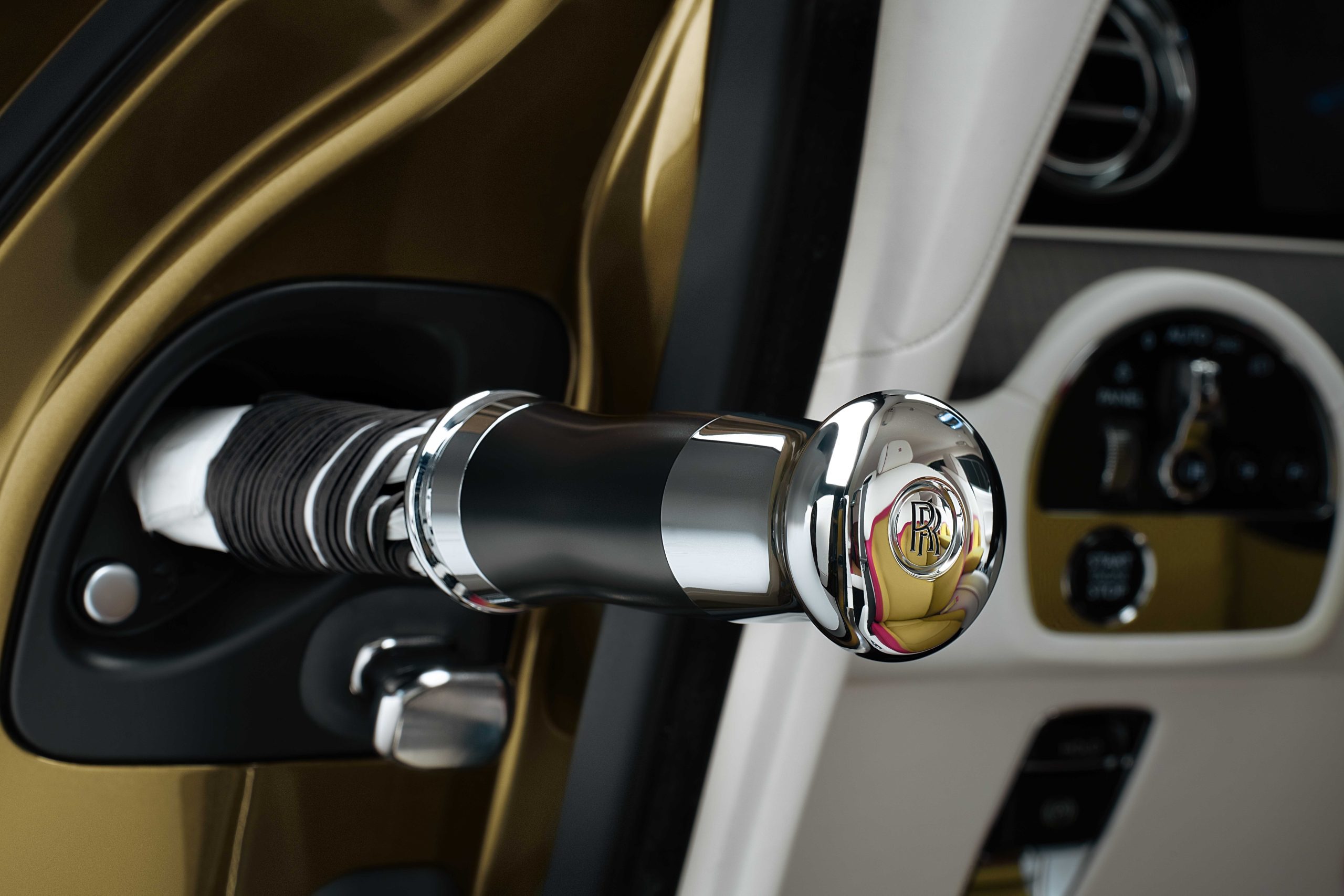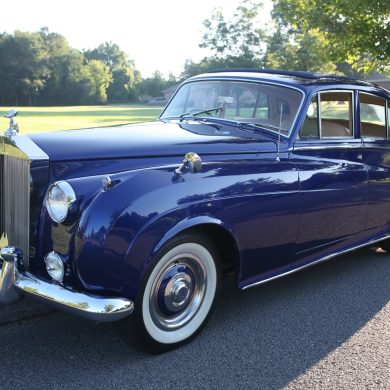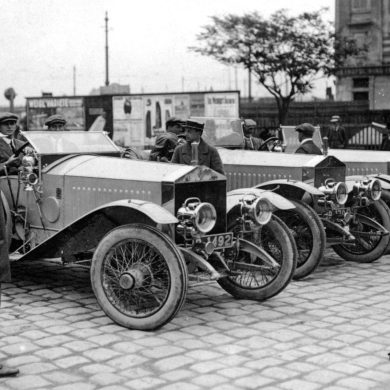“The electric car is perfectly noiseless and clean. There is no smell or vibration. They should become very useful when fixed charging stations can be arranged,” as early as 1900, this was the statement said by the Hon. Charles Stewart Rolls, the co-founder of Rolls-Royce.
A Prophecy Fulfilled, A Promise Kept.
As early as 1900, Charles Rolls, Rolls-Royce co-founder seemingly prophesized the future of the motor car industry to move towards an electric future. After acquiring an electric vehicle named The Columbia Electric Carriage, he immediately saw it as a clean and noiseless alternative compared to the internal combustion engine – if there was sufficient infrastructure to support it. More than 120 years later, Rolls-Royce is about to fulfill the prophecy that one of its founding fathers has shared.
This same old prophecy will not come to fruition if not for the more recent promise done by Rolls-Royce CEO Torsten Müller-Ötvös when he made a public commitment to electrification. It was then that he also declared that they will be introducing a fully electric Rolls-Royce to the market by 2030.
As early as September 2021, Rolls-Royce has confirmed that they are starting the testing of Spectre, the first Rolls-Royce to be created, designed, and engineered to be an electric car from the start.
To guarantee that this new transformative motor car passes the standard of the most demanding consumer in the world – the Rolls-Royce client – they designed the most comprehensive testing program that they have ever devised. Spectre was thoroughly tested as it was driven for more than 2.5 million kilometers, simulating more than 400 years of use for a Rolls-Royce. When it is completed in 2023, Spectre will be fulfilling a prophecy and a promise.
Spectre does not only embody a historic moment for Rolls-Royce, but it is also a historic moment for electrification, as it simply proves that the technology for electric cars have reached a level of excellence that can satisfy the Rolls-Royce client by providing the Rolls-Royce experience. With this accomplishment, Rolls-Royce has confirmed that their entire product portfolio will be fully electric by the end of 2030.
The Future Begins
More than just a motor car, Spectre is a statement of intent and a symbol of a bright and bold future as Rolls-Royce moves towards an all-electric era. Their commitment to an all-electric powertrain will just add to the Rolls-Royce experience. Dating back to the first Rolls-Royce, the 1904 H.P., it had instant torque, a quiet engine, and a sense of one imperceptible gear, and they have defined the characteristics of extraordinary motor cars from the marque.
With Spectre, Rolls-Royce tapped a innovative ‘Decentralized Intelligence’ system that enabled the free and direct exchange of information between more than 1,000 vehicle functions, further improving the quality of ride that the marque is known for. Their designers were able to produce a contemporary yet timeless design that further improves the brand’s iconography as they move towards their electric age. Rolls-Royce’s expert craftspeople were able to create a suite of contemporary prêt-à-porter personalization possibilities which include the Straight Doors and Illuminated Fascia, inspiring clients to have their own Bespoke visions realized.
Design
With the unveiling of Spectre, Rolls-Royce sets a new precedent as they created a completely new class of motor car: the Ultra-Luxury Electric Super Coupé. This designation refers to the indulgent proportions of the Spectre, a nod to their commitment that there is nothing more luxurious than that of space.
The Rolls-Royce designers were inspired by worlds beyond simply motor cars, getting inspiration from haute couture, nautical design, modernist sculpture, contemporary art, and tailoring. In the initial sketches of the Spectre, the influence of modern yacht concepts can be clearly seen, specifically in the clarity and precision of line, intelligent use of reflection and the use of taper on the silhouettes.
Looking at the front of the Spectre, it was given a split headlight design flanking the widest grille that has ever been seen on a Rolls-Royce. The Pantheon grille now have smoother vanes and a flusher fit to guide the air around the from the front of the motor car. They utilized the polished stainless steel finish and relaxed angle of the grille to give the Spectre more presence. Even the Spirit of Ecstasy figurine underwent hundreds of combined hours – 830 to be exact – of design modeling and wind tunnel testing to be aerotuned. The grille improves the unprecedented drag coefficient of the Spectre. At only 0.25cd, the Spectre is the most aerodynamic motor car from Rolls-Royce.
Spectre is not shy to acknowledge the influence of its predecessor, the Phantom Coupé, in its design, and it is seen in its generous proportions and the split headlight treatment. The sharp daylight running lights of the Spectre highlights the two-meter width of the motor car and are offset with seemingly darkened lower lamp clusters at fist glance, hiding the darkened chromium housings for the headlights. 22 LEDs illuminate the Spectre after dark, lighting up the sandblasted rear side of both of the vanes, reflecting their gentle glow in the polished front surfaces for a subtle and three-dimensional night signature.
In profile, the front of the Spectre has a sharp, vertical bow line that shifts the attention towards the monolithic flanks at the rear. Its lower line is inspired by yacht design where its called a ‘waft line’. Turning its back on busy detailing and appliques, Rolls-Royce designed the coachwork of the Spectre to tuck gently into the sill, lightening the surfacing and producing a simple sense of motion by reflecting the road underneath, much like the way the hull of a racing yacht reflects the ocean as it cuts through the water.
The most dramatic feature of the of the Spectre is its fastback, reminiscent of the most evocative motor cars and watercrafts. Contributing to the lowest drag coefficient in a Rolls-Royce is the seamless greenhouse surfacing. At the rear of the Spectre are the tail lamps which are set into the largest single body panel produced for a Rolls-Royce as it extends from the A-pillar to the luggage compartment. For neutrality, the jewel-like vertical tail lamps are colorless, designed in the anticipation of the unlimited colorways that clients can select during the commissioning process.
The Spectre’s proportion required a bolder wheel strategy from Rolls-Royce. For the first time in almost one hundred years, 23-inch wheels were equipped in a production two-door coupé.
For the interior, the Spectre was given the most technologically advanced Bespoke features, which was inspired by the timeless mystery of the night’s sky. In another first, Rolls-Royce is also offering the Starlight Doors for the Spectre, wherein 4,796 softly illuminated ‘stars’ are incorporated into. A backdrop of wood Canadel Panelling can also be commissioned for the Spectre, named after the cove in the South of France where Sir Henry Royce and the design team used to spend their winters.
Further adding to the ethereal night-time theme of the Spectre is its Illuminated Fascia which was developed in a span of two years and more than 10,000 collective hours. It incorporates the nameplate of the Spectre surrounding it with a cluster of more than 5,500 stars. Located on the passenger side of the dashboard, when not in operation, the illuminations are completely invisible.
In quintessential Rolls-Royce style, Spectre is also equipped with SPIRIT, a completely redesigned digital architecture. SPIRIT will not only manage the functions of the motor car, but it is also seamlessly integrated into the Whispers application of Rolls-Royce, enabling clients to remotely interact with their car and receive live information curated by the luxury intelligence specialists at Rolls-Royce.
As another first, the Bespoke commission of the clients are expanded beyond the physical world, and into the digital architecture in SPIRIT. Taking inspiration from the love of bespoke timepieces of Rolls-Royce clients, the color of the dials can now complement the interior hue of Spectre.
Continuing the tradition of Rolls-Royce motor cars, Spectre’s interior suite gives almost infinite Bespoke possibilities to their clients. Inspired by British tailoring, the all-new front seat design has lapel sections that can either be contrasting or matching colors to the main base. From the beginning, the design of the Spectre has included Bespoke stitching, intricate piping, and embroidery.
All-Aluminum Architecture of Luxury
In 2003, the Goodwood-era Phantom with its own Bespoke architecture was introduced, and it was then that the ‘Architecture of Luxury’ was created: a new, very flexible all-aluminum spaceframe architecture and impressive engineering accomplishment which can be tailored for today’s Phantom, Cullinan, Ghost, and Coachbuilt projects.
When the ‘Architecture of Luxury’ was first conceived, its ability to cater for electric drive was one of its fundamental considerations. Now that the electric drive technology is advanced enough to give the full Rolls-Royce experience, and the introduction of a fully-electric powertrain and decentralized intelligence, a bold, new all-electric era is now dawning at Rolls-Royce.
Since from the start, Rolls-Royce ensured that the Architecure of Luxury can be tailored to the requirements of an all-electric Rolls-Royce, the engines of the marque guaranteed the continuity of experience from its current portfolio. The flexibility of the architecture and the ease in which an electric powertrain can be integrated has given the engineers, craftspeople, and designers freedom to focus more on the quality of experience, innovation in Bespoke, and authenticity of design.
Further engineering benefits are even offered in the Spectre. Compared to previous Rolls-Royces, the Spectre is 30% stiffer due to its sophisticated extruded aluminum sections and the integration of the battery into the structure of the motor car. Its flexibility also gave the engineers freedom to put the floor halfway between the sill structures instead of simply above or below them. A perfectly smooth underfloor profile was also made possible by creating a channel for wiring and climate control pipework between the battery and the floor, with the battery mounted underneath.
Digital Engineering
For Spectre, Rolls-Royce engineers saw the greatest change in their discipline as they shift from the workshop to the digital space. Spectre is the most connected Rolls-Royce model yet, as it taps into the power of the impressive Decentralized Intelligence processing capabilities of the motor car.
To ensure a smooth and progressive Rolls-Royce experience, the marque got the most experienced test and development engineers to lead the project. Some of these leads have been with Rolls-Royce for more than two decades with significant contributions in the creation of the first ‘Goodwood-era’ Phantom. The engineers described the Spectre experience as something like “Rolls-Royce in high definition” due to the speed and accuracy of the response of the motor car to the myriad of road and weather conditions the world over.
To accomplish this, each of the 141,200 sender-receiver variables were given a handmade dedicated control. In almost all cases, engineers also designed several more sub-variables for variations in ground speed, climate, vehicle status, driving style, and road type. These were created throughout the 2.5 million kilometer testing program of the Spectre, done in both advanced proving grounds and on real roads around the world.
Planar Suspension
Extreme driving conditions were also included in the testing of the Spectre. The motor car started development in Arjeplog, Sweden, just 55km from the artic circle, with temperatures going as low as -40 degrees centigrade. Testing will continue across South Africa, with temperatures of up to 55 degrees centigrade. It should also be noted that 55% of testing is being done on the very roads that a lot of production Spectres will be driven on.
One significant road was the French Riviera. The digitally integrated evolution of the famed Planar suspension system of the Spectre was finalized on the Côte d’Azur. Planar suspension is a myriad of systems working together with precise defined responses to road conditions and driver inputs, made possible through the use of the latest software and hardware developments, enabling the deliver of Rolls-Royce’s ‘magic carpet ride’.
It uses a suite of new hardware components, utilizing the high-speed processing capabilities of the Spectre, the Planer system can decouple the car’s anti-roll bars enabling each wheel to act independently, preventing the rocking motion that occurs when one side of a vehicle hits an undulation in the road. High-frequency ride imperfections due to shortcomings in road surface quality are also reduced.
When it is identified that a corner is imminent, the Planar system recouples the components and stiffens the dampers. It then preps the four-wheel steering system for activation to ensure effortless entry and exit. To ensure stability when cornering, 18 sensors are monitored, and adjustments are made on the steering, power deliver, braking, and suspension parameters. This results in effortless control.
Power, Range, and Dimensions
Final figures for range, power, and acceleration are still being refined as the final phase of the testing and finessing of the Spectre will be concluded in the second quarter of 2023. Initial data shows that the Spectre is expected to have an all-electric range of 320 miles or 520 kilometers WLTP with 900 Nm of torque from its 430 kW powertrain. It is expected to be able to accelerate from 0 to 60 mph in just 4.4 seconds or 0 to 100 kph in just 4.5 seconds.
Many months of optimization and testing are still ahead for the Spectre, and these figures may still change before official confirmation is done before market launch with is expected in the fourth quarter of 2023.
Spectre Dimensions:
| Number of doors / seats | 2 doors / 4 seats |
| Vehicle length | 5453 mm / 214.685 in |
| Vehicle width | 2080 mm / 81.889 in |
| Vehicle height (unladen) | 1559 mm / 61.377 in |
| Wheelbase | 3210 mm / 126.378 in |
| Turning circle | 12.7 m |
| Kerb weight | 2975 kg |
Market Debut
Spectre is available for commission immediately. First client deliveries will start in quarter four of 2023. Pricing for the Spectre will be positioned between the Cullinnan and the Phantom.
Rolls-Royce Motor Cars Chief Executive Officer Torsten Müller-Ötvös shared, “Spectre possesses all the qualities that have secured the Rolls-Royce legend. This incredible motor car, conceived from the very beginning as our first fully-electric model, is silent, powerful and demonstrates how perfectly Rolls-Royce is suited to electrification. Spectre’s all-electric powertrain will assure the marque’s sustained success and relevance while dramatically increasing the definition of each characteristic that makes a Rolls-Royce a Rolls-Royce.
“At Rolls-Royce Motor Cars, perfection is about more than making the very best products. It is a culture, an attitude and our guiding philosophy. Indeed, it is our founding father Sir Henry Royce who said, ‘strive for perfection in everything you do’. Spectre has been conceived within this culture. It is perfectly in tune with the sensibilities of our time. It states the direction for the future of our marque and perfectly answers a call from the most discerning individuals in the world to elevate the electric motor car experience, because Spectre is a Rolls-Royce first and an electric car second.
“This is the start of a bold new chapter for our marque, our extraordinary clients and the luxury industry. For this reason, I believe Spectre is the most perfect product that Rolls-Royce has ever produced.”











